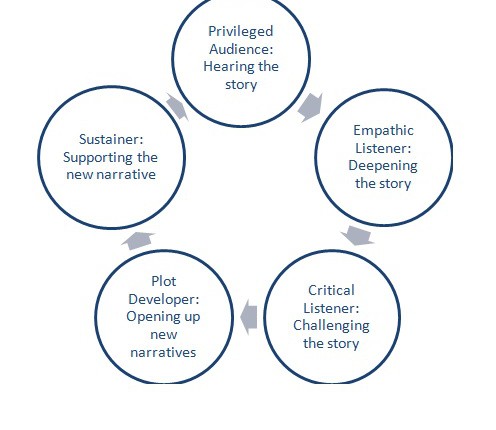Resilience


The recent adverse weather conditions that has struck the UK recently has been a remarkable demonstration of the resilience people have when faced with adverse situations.
Resilience has been one of the “hot topics” in coaching developments in 2015, together with the concepts of mindfulness and wellbeing. As a coach you are likely to encounter situations where you will have to assist the client in overcoming setbacks and disappointments; whether in their personal life or their career; and thereby to help the client with their enhanced resilience to achieve their potential.
Resilience means “the capacity to recover quickly from difficulties; toughness” or “The ability of a substance or object to spring back into shape; elasticity”. Sometimes this is described as “bounceback-ability.” One of the challenges we often face as coaches is how to position our services to potential clients- how can we “sell” resilience as a benefit to potential clients? For me, I think there are clear links to performance improvements – for example reduced absenteeism; increased creativity etc.
In her book “Resilience – A practical guide for coaches”- Carole Pemberton [2015] Open University Press (Coaching In Practice series), Pemberton describes resilience in terms of human behaviour as “the capacity to remain flexible in our thoughts, feelings and behaviours when faced by a life disruption , or extended periods of pressure, so that we emerge from difficulty stronger, wiser and more able.”
Pemberton suggests that as coaches we “do not just know what resilience is , but that we recognise the different needs our clients bring with them in relation to their own resilience, These needs encompass:
- Building protection – through taking action;
- Building capacity– through developing resilience skills;
- Building renewal – through being helped to use the learning from difficulty to move forward.”
Pemberton suggests the use of the ABC model –
- Adversity: the what, where and when
- Belief: Authentic and Realistic
- Consequence
She describes a four stage approach:
- Strength Inventory – what strengths does the client have that are unrelated to the present challenge- either in their daily habits or linked to their values.
- Construct a bespoke personal resilience model based on the strengths identified in step 1. What skills and strengths have they already noted, but which they are not using in the current situation?
- Invite Client’s Thoughts –invite the client to consider how they could better maintain resilience in the face of their current difficulty by using the strengths they have identified in step 2. The focus here is not on how they can overcome the difficulty using the strengths they have identified, but how they can use them to persist in the face of difficulty.
- Practice resilience by agreeing a behavioural experiment using the personal resilience model. Ask the client to predict how they think their resilience will play out in the situation. The aim is not to focus on the outcome of the encounter, but to focus on their resilience within the encounter.
Finally, Pemberton looked at the roles of the coach in dealing with the resilience process:

Interested in finding more about resilience? The British School of Coaching UK Network on 16 January 2016 is focusing on resilience. Why not go the whole hog and increase your resilience as a coach by signing up for the Group Supervision session that afternoon as well?
“Strength does not come from what you CAN do; it comes from OVERCOMING the things you ONCE thought you couldn’t.” Rikki Rogers.
Martin Hill LL.B (Hons), FCMI, FInstLM, FISQC, MAC, EMCC Member, Coach & Coach Supervisor
Director for ILM 7 Executive Coaching & Mentoring Courses






